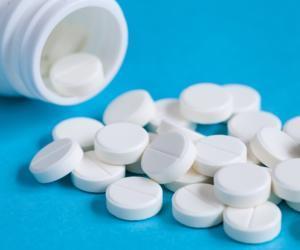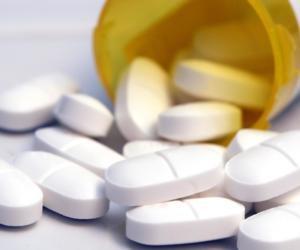Acetaminophen and codeine combination is used for the treatment of mild to moderate pain. Acetaminophen is a non-addictive drug which has low side effects profile and only causes harm in the form of liver damage when used in excessive amount. It is also used to treat fever.
Codeine on the other hand is a narcotic having addictive potential and acts directly on the nervous system. This combination drug is used when acetaminophen alone is not able to relieve the problem. It is a prescription drug available in the form of tablet, capsule, elixir, suspension and solution.
Patient is the authoritative figure when it comes to any medical procedure or any drug therapy. It is important for the patient to know all the details about the drug and the start it. Doctor also has a duty to bring out answers from the patient which play important role in treatment like history, any allergy or any medical condition the patient has. For this purpose, it is important to have a detailed session between patient and the physician before starting this drug to sort out all the details.
Detailed history of a patient is extremely important prior to any medical therapy and in this case it is more likely that a drug be started after it. Allergies or any history of allergy to any drug, food, preservatives, dyes or animal products; history of drug usage, past medical or surgical procedure should also be kept in record to predict any drug interaction.
Physical examination should be done before starting this drug so that any physiological or pathological condition by which this drug may interfere may be ruled out.
Age specific analysis is vital to have information about side effects of different age groups. Appropriate studies have not been done in children below 3 years of age. It is not advisable to give this combination drug after surgery in children as it has been associated with increase in mortality. There is lack of enough studies in old patients to provide a safety profile; however old patients are more likely to have age related liver and kidney disease, so extra care must be taken in such patients. Enough studies are not available to prove its safety in pregnant and breastfeeding women as well.
Drug interactions are the effects on the therapy or the condition for which the drug is used by other drugs used concomitantly. It is necessary that no drug be started without consulting a physician as other drug may cause alteration in the effect of drug or its removal from the body. The use of naltrexone is contraindicated while on this combination drug.
There are certain drugs whose use with this drug is not recommended however the physician may change the dose of one drug or the other like sedatives, other opioids, anti-viral, pneumococcal vaccine and anti-clotting agents. Patient should also consult the doctor about the use of alcohol, tobacco and effects of certain food types while being on this therapy. It is strongly contraindicated to use alcohol or any other intoxicating agent while being on this drug.
Medical conditions, other than the condition for which this drug is used, may also affect working of the drug and cause harm. It is important for the patient to give detailed history, and important for the doctor to derive such details from the patient to avoid such circumstances. The conditions which may interact with this drug include:
Acetaminophen and codeine combination is a prescription drug which should be used in accordance to the instructions of the doctor. Do not overdose as over-dosage of acetaminophen may lead to liver problem while codeine used in more amount than recommended will cause CNS depression and even death due to it. Use measuring spoon or cup if suspension or solution form is taken to ensure proper dosage.
There is no drug in the world which is without its unwanted effects. Some drugs are relatively safe for use while for some drug, the patient should be cautious as these drugs may cause more harm than good. Patient should always get medical help in case of any adverse effect, no matter how much trivial it is.
Some side effects associated with acetaminophen and codeine combination include:
- Difficulty in breathing
- Blue lips and skin
- Black and tarry stools
- Bleeding gums
- Blood in the urine or stool
- Cough
- Hoarseness
- Difficulty with swallowing
- Dizziness
- Fast heartbeat
- Fever with or without chills
- General feeling of tiredness
- Pinpoint red spots on the skin
- Swelling on face
- Skin rash
- Sore throat
- Chest tightness
Get emergency medical help in case of overdose suspicion which can be indicated by:
- Abdominal pain
- Bloody or cloudy urine
- Chills
- Pinpoint pupils
- Convulsions
- Dark urine
- Headache
- Increased sweating
- Light-colored stools
- Loss of appetite
- Loss of consciousness
- Nausea
- Sudden decrease in amount of urine
- Unpleasant breath odor
- Vomiting
- Yellowing of eyes or skin







